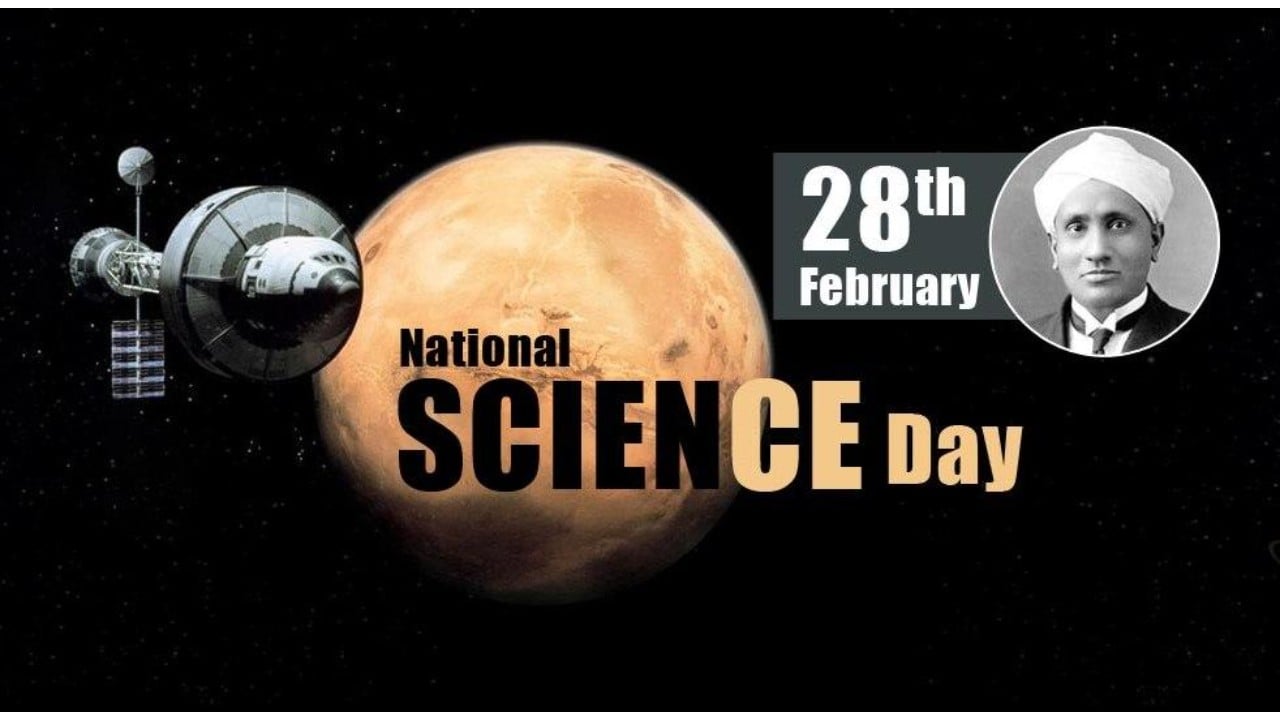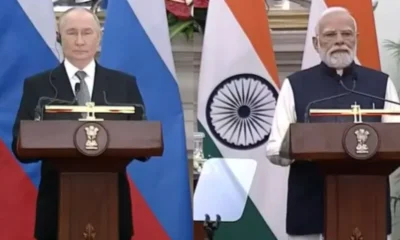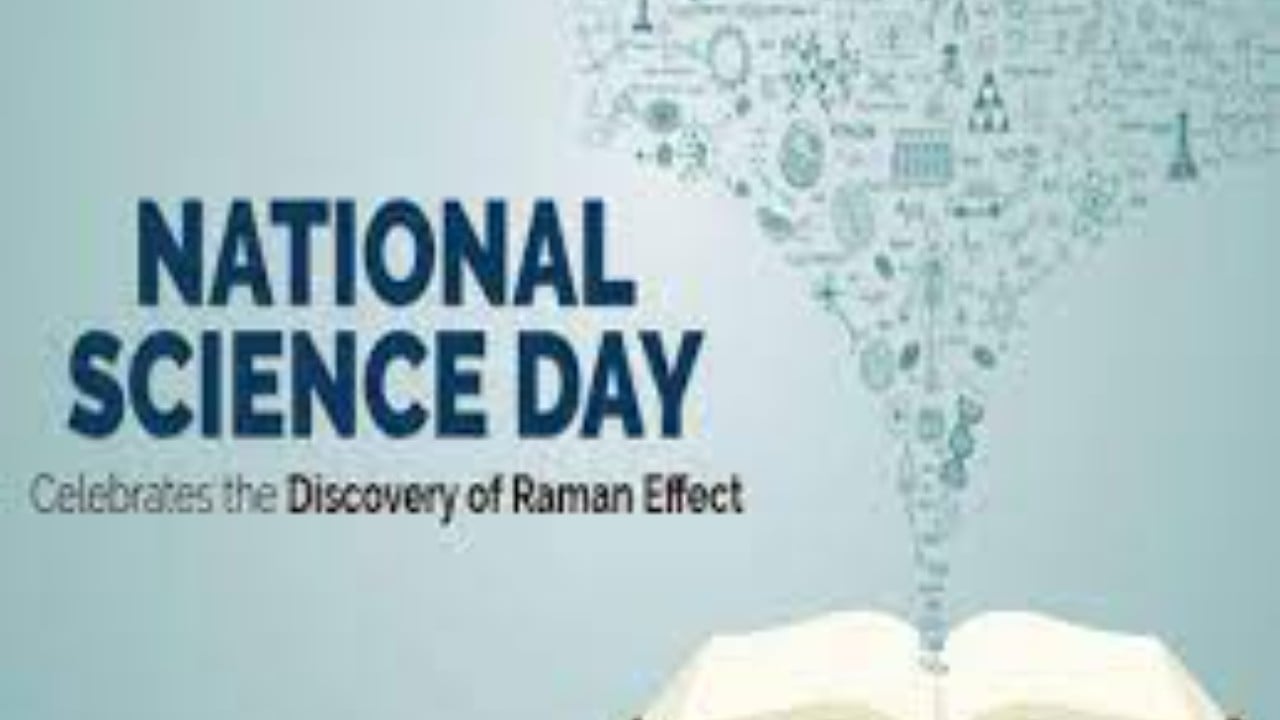National Science Day is celebrated annually in India on this day to mark the discovery of the Raman effect by Indian physicist Sir C. V. Raman on 28 February 1928. For his discovery, Sir C.V. Raman was awarded the Nobel Prize in Physics in 1930. It is celebrated to spread a message about the relevance of science in everyday living. It is observed by discussing various concerns and implementing new technology for scientific advancement.
This year, the theme of National Science Day is Integrated Approach in S&T for Sustainable Future.
On National Science Day, here are easy speech and essay ideas for students.
- Good Morning,
Honourable guests and my dear friends, I am extremely honoured to speak before this honourable gathering about the ‘National Science Day’.
Every year on February 28 we celebrate this day to mark the invention of the ‘Raman Effect’. However, do you know what it is and why the government have dedicated a day? Raman Effect also known as Raman scattering was an important discovery in the field of scattering of light. The discovery states that when the light traverses through a transparent object some of it gets dispersed and the dispersed light changes its wavelength and amplitude, though slightly. He was also awarded Nobel Prize in 1930 in Physics for this important discovery.
National Science Day promotes science and technology and its feasibility in our daily life. It also encourages scientists, writers, students, and others who are involved in the promotion of science and technology. The day must be observed with the same diligence every year. It should not be limited only to the science fraternity but also must have participants from various walks of life.
2. India celebrates National Science Day on 28th February to commemorate the discovery of the ‘Raman Effect’ by a great Indian scientist Dr. Chandrasekhar Venkata Raman or C.V. Raman. He had invented the Raman Effect on 28th February 1928.
Raman Effect was an important discovery in the field of scattering of light. The discovery states that when the light traverses through a transparent object some of it gets dispersed and the dispersed light changes its wavelength and amplitude, though slightly. The discovery was made by Sir C.V. Raman on 26th February 1928. He was also awarded the 1930 Nobel Prize in Physics for this important discovery. It is to commemorate Sir C.V. Raman and his discovery, the ‘Raman Effect’ that we celebrate National Science Day.
The first National Science Day was celebrated in 1987. Nearly six decades after Sir C.V. Raman made the important discovery, the National Council for Science and Technology Communication (NCSTC), requested the government in 1986, to designate February 28th as the National Science Day. Hence, beginning from 1987, National Science Day is observed every year in Indian schools, colleges, universities, and other relevant places.
One of the main events of the day includes ‘National Science Popularization Awards’ handed over to the people and also institutions for outstanding contribution in the field of science or for the popularization of science and communication. Several activities like debates, talk shows, science exhibitions, etc. are held to celebrate National Science Day.
3. It is a great pleasure to talk on this day – the National Science Day.
National Science Day is celebrated in India every year on the 28th of February. But why do we celebrate this day? What is the aim of it? This day commemorates the invention of the Raman Effect by the great Indian physicist, Sir Chandrasekhara Venkata Raman. It was on this same day that Sir Raman made to the world his greatest invention, the Raman Effect, in the year 1928. He was awarded and honored in the year 1930 with the Nobel Prize in Physics for his great success in the field of science in India.
On this day, we show our dignity and respect to the famous Indian physicist to mark his discovery of the Raman Effect. CV Raman was born on the 7th of November 1888 at Tiruchirappalli, Tamil Nadu. His father was a lecturer in Physics and Maths. Raman was the first person to research such an invention in India. He worked from 1907 to 1933 in Kolkata at the Indian Association for the Cultivation of Science, doing research on so many topics in Physics, of which the Raman Effect became his great success. His discovery marked a notable achievement in Indian history.
So, what is Raman Effect? It is the effect of the scattering of light when passing through different materials.
The day is celebrated as a science carnival, recognizing the scientific activities and programs in the country through the participation of students from schools and colleges, along with scientists from the state and national faculties. These events organized during this National Science Day celebration provides a platform for various newcomers/scientists to start their career in the field of science.
The main objectives of celebrating this National Science Day is to bring awareness to people about the importance of scientific applications in their daily life and to encourage them by popularizing Science and Technology. It allows the scientists and experts from the field to discuss issues and new technologies trending in the field. Also, the celebration is aimed at giving an opportunity for a younger generation to display their activities, efforts, and achievements in the field of science for human welfare.
Read Also: National Science Day 2022: Theme, history, significance, here’s all you need to know
As students, it is our responsibility of every student to honor the great man and his invention, by contributing greatly to the field of science through innovation.
All the very best to enhance your scientific zeal.


 Entertainment12 hours ago
Entertainment12 hours ago
 India News17 hours ago
India News17 hours ago
 India News12 hours ago
India News12 hours ago
 India News17 hours ago
India News17 hours ago
 Latest world news17 hours ago
Latest world news17 hours ago
 India News7 hours ago
India News7 hours ago
 India News6 hours ago
India News6 hours ago
 India News7 hours ago
India News7 hours ago





